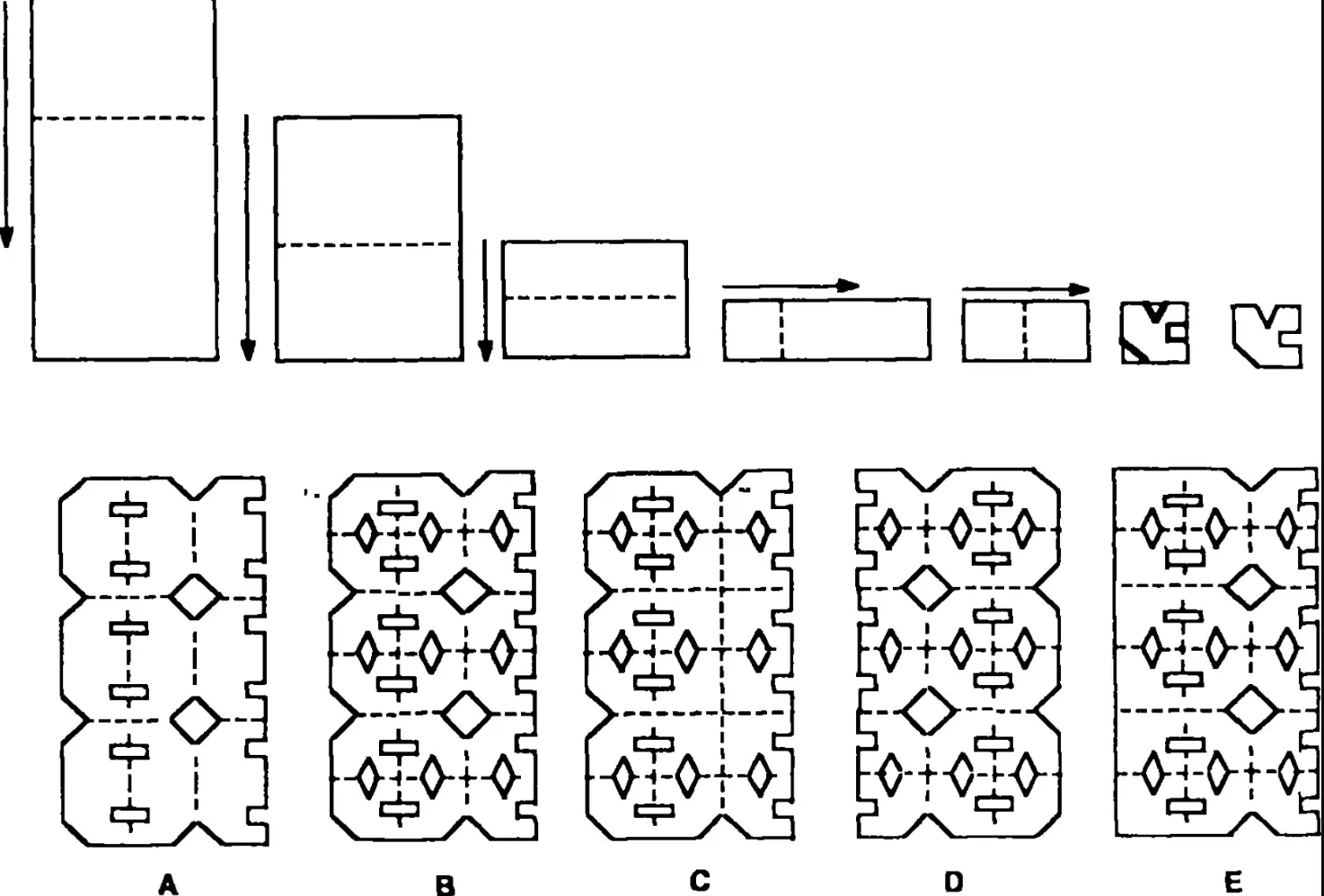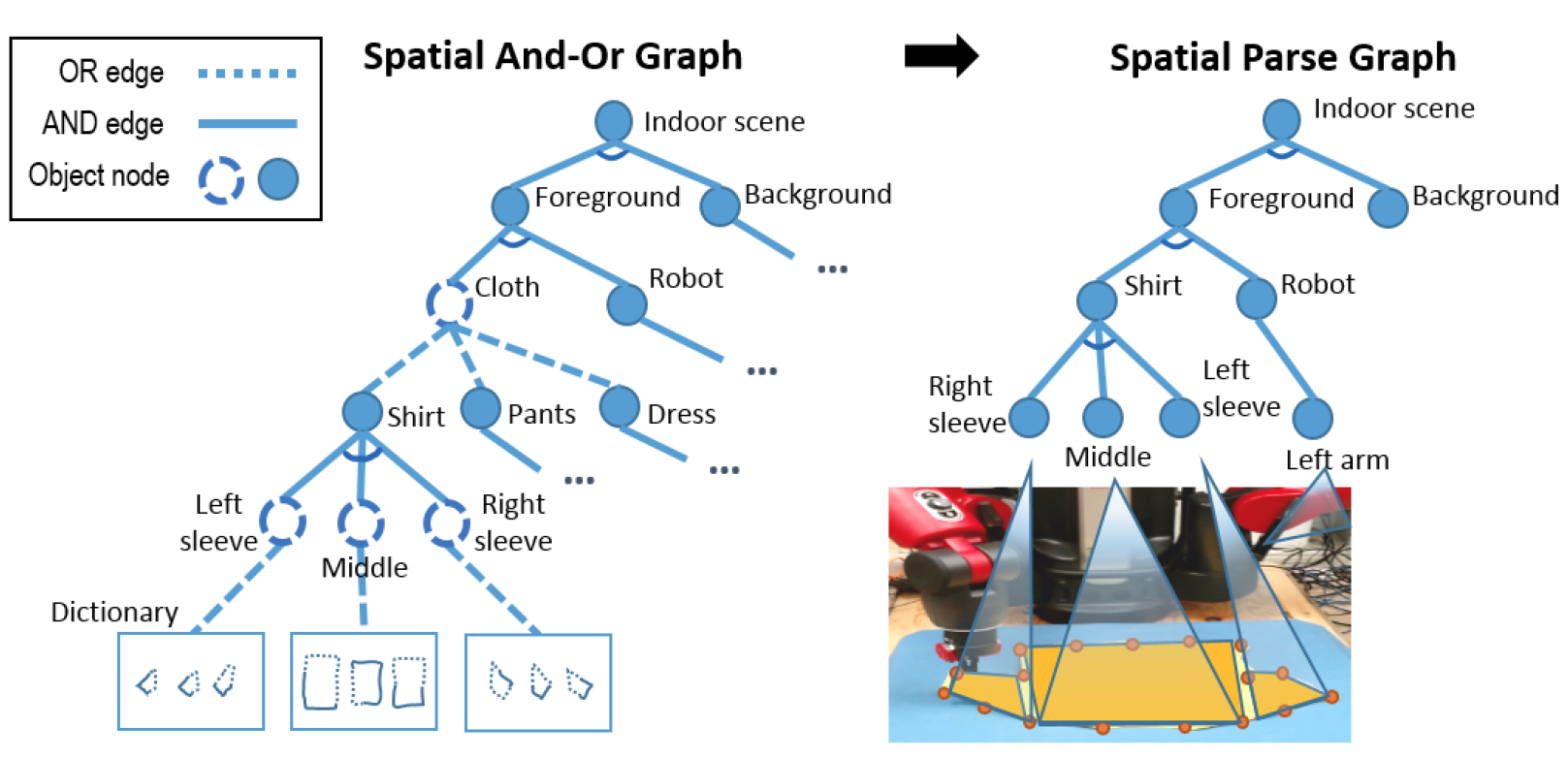
Unraveling the Enigma: What Exactly Constitutes a Spatial-Temporal Skill?
Navigating the Dimensions of Space and Time
Ever caught yourself effortlessly arranging items in a confined space, like a wizard with oddly shaped objects? Or perhaps you’re the one everyone asks for directions, even in the most bewildering parts of a city? These everyday talents often stem from a fascinating mental capability we call spatial-temporal skill. But what is it, really? Simply put, it’s our brain’s knack for grasping and recalling how objects are positioned relative to each other and how those positions change as time moves forward. It’s about seeing where things are in relation to their surroundings and predicting their future movements or transformations.
Picture a skilled doctor navigating the intricate landscape of the human body during surgery. They must possess a sharp awareness of the three-dimensional layout of tissues and organs, anticipating their shifts and interactions as the operation unfolds. Similarly, a talented player in a fast-paced sport like soccer constantly assesses the positions of teammates and opponents, predicting their paths and reacting in fractions of a second. These are high-stakes scenarios, yet the fundamental mental processes are at play in countless less dramatic moments in our daily lives.
Consider the simple act of catching something thrown your way. Your brain instantly calculates its flight path, speed, and spin, adjusting your hand’s position and timing for a successful grab. This isn’t just a reflex action; it involves a rapid spatial-temporal analysis. You’re not merely seeing the object; you’re forecasting its future location based on its current motion and the forces acting upon it. It’s like having a tiny physics engine running inside your head!
Even something as routine as driving a car heavily relies on spatial-temporal skills. You’re constantly judging distances, the speeds of other vehicles, and predicting their movements to navigate safely. Merging onto a busy road, squeezing into a tight parking spot — these are all testaments to your brain’s ability to process spatial information dynamically. So, while it might sound like something from a science fiction story, spatial-temporal skill is a very real and essential part of our cognitive abilities.
A Concrete Illustration: The Art of Jigsaw Puzzles
Putting the Pieces Together, Literally and Figuratively
Let’s look at a clear example to really understand this: the common jigsaw puzzle. What might seem like a simple pastime is actually a great workout for your spatial-temporal abilities. When you’re working on a jigsaw, you’re not just randomly trying to fit pieces together. You’re constantly examining the shapes, colors, and patterns of individual pieces and comparing them to the overall picture and the sections you’ve already completed. This requires a strong sense of spatial relationships — understanding how one piece fits next to another in three-dimensional space.
Furthermore, as you progress with the puzzle, you’re engaging the temporal aspect of this skill. You’re remembering where you’ve seen similar shapes or colors, mentally turning pieces around to see if they might fit in a particular spot, and anticipating how the complete image will look as you add more pieces. It’s a dynamic process of trying things out, guided by your brain’s ability to visualize and manipulate spatial information over time. You might even find yourself subconsciously predicting what kind of piece you need next based on the gaps in the picture that’s emerging.
Think about those moments when you pick up a piece and instantly know where it belongs, even before physically trying to put it there. That’s your spatial-temporal skills at work! Your brain has already processed the visual information and matched it to a mental image of the puzzle’s structure. It’s as if your mind has a blueprint, and you’re constantly updating it as you go. This ability to mentally manipulate and predict the placement of objects in space and time is the heart of spatial-temporal reasoning.
So, the next time you’re absorbed in a jigsaw puzzle, remember that you’re not just killing time. You’re actively sharpening your spatial-temporal skills, the same abilities that support everything from efficiently loading a car trunk to a pilot navigating through turbulent skies. It’s a fun yet powerful demonstration of how our brains make sense of the world around us in both space and time.
Beyond Puzzles: Real-World Manifestations
From Architects to Athletes: A Universal Skill
While jigsaw puzzles provide a clear example, spatial-temporal skills are involved in a wide range of human activities. Consider the work of an architect designing a building. They need to be able to visualize the structure in three dimensions from plans, understand how different spaces will connect, and anticipate how the building will be used over time as people move through it. Their ability to mentally manipulate these spatial relationships and predict their temporal implications is vital for creating functional and beautiful designs.
Similarly, athletes in various sports rely heavily on these skills. A basketball player anticipating where a teammate will be to make a pass, a tennis player tracking the trajectory of a serve and predicting where it will land, or a gymnast performing a complex sequence of movements in perfect coordination — all these actions require a high degree of spatial-temporal awareness. They need to understand their position and the positions of others in the playing area and how those positions will change in the near future.
Even in professions that seem less physically demanding, spatial-temporal skills play an important role. A graphic designer arranging elements on a page to create a visually appealing and balanced composition, a computer programmer visualizing the flow of data through a program, or a musician coordinating their playing with others in an orchestra — all require an understanding of spatial relationships and how they unfold over time. It’s about creating order and harmony within a dynamic environment, whether it’s a physical space, a digital interface, or a musical performance.
So, whether you’re consciously aware of it or not, your spatial-temporal skills are constantly at work, shaping how you interact with the world around you. They are fundamental to problem-solving, navigation, and even artistic expression. Recognizing their importance helps us appreciate the intricate ways our brains process and make sense of the dimensions of space and time in our daily lives.
Nurturing Your Spatial-Temporal Prowess
Sharpening Your Mind’s Eye
The good news is that, like many mental abilities, spatial-temporal skills can be developed and improved through specific activities. Engaging in activities that challenge your spatial reasoning and your ability to track changes over time can lead to noticeable improvements. Think about activities like playing video games that require navigating complex three-dimensional environments, such as strategy games or first-person shooters. These games often demand quick decision-making based on rapidly changing spatial information.
Beyond the digital world, hands-on activities like building with construction toys can be very helpful. These activities encourage you to visualize structures in three dimensions and understand how different parts fit together. Similarly, learning a musical instrument often involves understanding the spatial relationships between notes on a staff and coordinating finger movements over time to produce melodies. Even practicing origami, the art of paper folding, can sharpen your spatial reasoning skills as you visualize and execute complex transformations.
Engaging in spatial puzzles, beyond just jigsaw puzzles, can also be effective. Think about Rubik’s Cubes or other mechanical puzzles that require you to mentally manipulate three-dimensional objects. Even activities like packing a car trunk efficiently, as mentioned earlier, can be a small exercise in spatial reasoning. The key is to actively engage with tasks that require you to think about objects in space and how they relate to each other, and to consider the temporal aspect of how these relationships might change.
So, if you’re looking to give your brain a bit of a spatial-temporal workout, there are plenty of enjoyable ways to do it. Whether it’s diving into a challenging video game, dusting off those old building blocks, or even just consciously thinking about how you organize objects in your home, these activities can help you sharpen your mind’s eye and enhance this crucial mental skill. It’s all about engaging with the world in a way that challenges your spatial and temporal awareness.
Frequently Asked Questions (FAQ)
Your Burning Questions Answered (Hopefully with a Touch of Wit!)
Q: So, is being bad at parallel parking a sign of poor spatial-temporal skills?
A: Well, it *could* be! Parallel parking definitely requires a good grasp of spatial relationships and how your car moves over time. However, don’t worry too much just yet. It might also just mean you need more practice. Think of it as a spatial-temporal skill that’s still developing. Keep trying, and maybe one day you’ll be sliding into those tight spots like a seasoned professional.
Q: Can I actually get better at this stuff, or am I just born with it?
A: Absolutely! While some individuals might have a natural talent for strong spatial-temporal abilities, it’s definitely a skill that can be improved with practice and specific activities. Think of it like learning a new language or a musical instrument — the more you engage with it, the better you’ll become. So, don’t feel limited by your current abilities; there’s always room for improvement!
Q: Are there any specific careers that really rely on these skills?
A: Oh, definitely! We’ve mentioned a few already, like architects, surgeons, and athletes. But the list is quite extensive! Pilots, air traffic controllers, animators, video game designers, even chess grandmasters all rely heavily on strong spatial-temporal skills. If you’re good at visualizing things in your mind and understanding how they move, there could be a whole range of interesting career paths open to you!
![the spatialtemporal framework [11]. download scientific diagram the spatialtemporal framework [11]. download scientific diagram](https://www.researchgate.net/publication/242523978/figure/fig2/AS:669388424368134@1536606045587/The-Spatial-Temporal-Framework-11.png)
The Spatialtemporal Framework [11]. Download Scientific Diagram

Visualspatial Intelligence Definition, Characteristics, And

Spatialtemporal Reasoning Engati

Spatialtemporal Reasoning Examples, Components & Use Cases

Robot Learning With A Spatial, Temporal, And Causal Andor Graph
